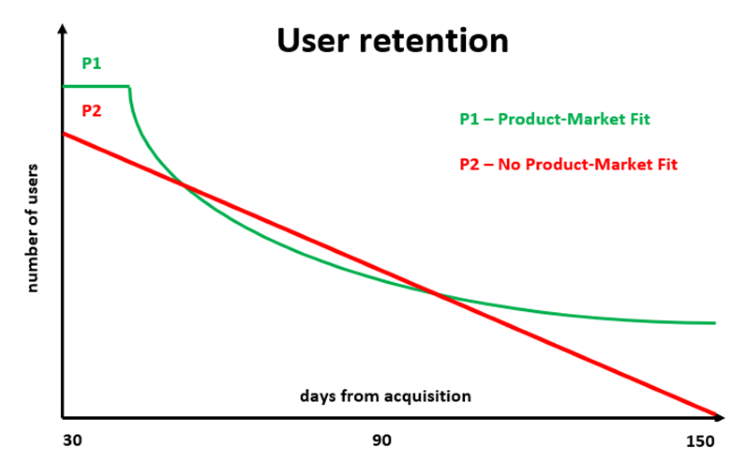Let's assume you have your Minimum Viable Product (MVP) feature set all decided. This will give you just enough to get a valuable product to the end-user, allowing you to set foot into the market. But how do you go from that to a great Product-Market Fit? With the Lean Startup Methodology the answer is testing and iteration.
The first phase involves testing out your MVP prototype. Identify a group of people who are a part of your target market, and test the MVP with them, in groups of five to eight. Then ask them to give you feedback. This feedback is what you will have to pay attention to. Ask them open-ended questions that prompt unbiased opinions and encourage them to give suggestions.
It is important to implement these testing sessions in waves. This allows you to collect positive & negative feedback and identify key issues at the end of each iteration. A sufficient amount of feedback can give you a clear idea as to what you have to fix, change, or tweak to address customer concerns.
Revise your value hypothesis based on what you have learned and update your MVP. Now conduct the next wave of testing and continue the process until you reach a phase where there is minimal negative feedback. This will give you a perfect value hypothesis and enough features to attract investors and customers alike.
Continuously talk to your customers and take suggestions. Product-Market fit will have to be constantly analyzed and monitored and will require everyone to work towards it. It might involve changing your team, market, product, or even vision.








